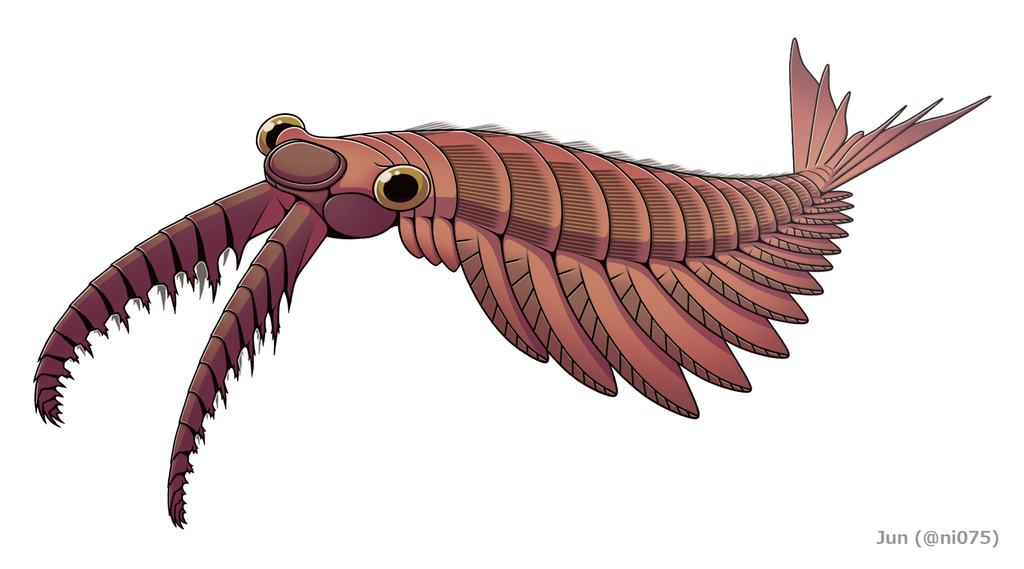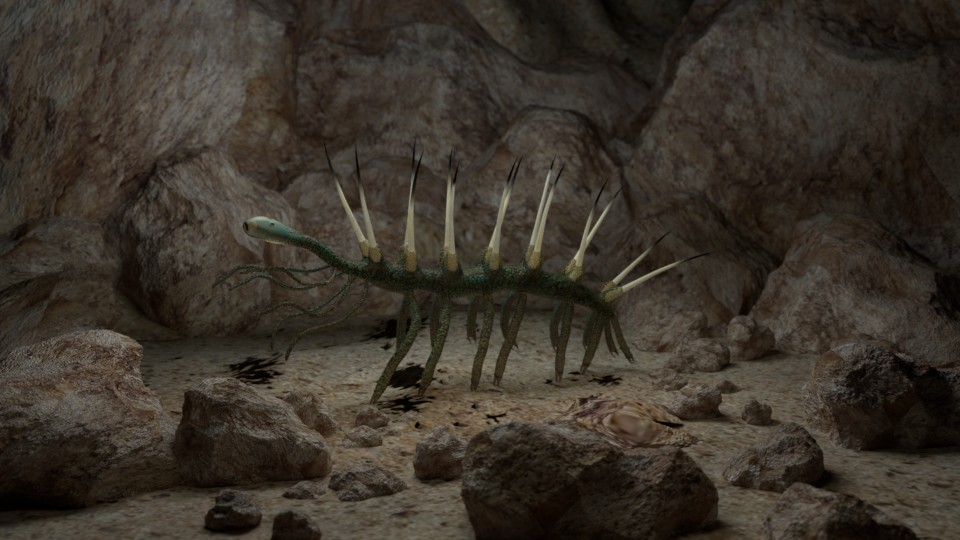The Burgess Shale formation is a remarkable geological deposit located in the Canadian Rockies of British Columbia. This formation, which dates back approximately 508 million years to the middle Cambrian period, has gained worldwide recognition for its exceptional preservation of soft-bodied organisms. It offers a unique window into the early stages of animal evolution and has provided palaeontologists with a wealth of invaluable insights into the diversity and complexity of ancient life.
The discovery of the Burgess Shale formation is credited to Charles Walcott, an American palaeontologist who stumbled upon the site in 1909 whilst prospecting for fossils of the rugged mountains of the Yoho National Park. Walcott's initial excavations revealed a vast array of exquisitely preserved fossils, representing an astonishing range of organisms from the Cambrian seas. Over the years, the Burgess Shale has become a treasure trove of ancient life, capturing a snapshot of an ancient ecosystem frozen in time.
One of the most significant aspects of the Burgess Shale fossils is the exceptional preservation of soft tissues. Typically, soft-bodied organisms decay rapidly after death, leaving behind only skeletal remains. However, the unique geological conditions of the Burgess Shale, such as rapid burial in fine sediment, enabled the preservation of soft body parts, appendages, and even delicate internal organs. This exceptional preservation has provided scientists with a window into early animal life that was previously unimaginable.
Hey! Seeing that you are here, and that you are clearly a dinosaur fan, so go check out our DinoZone YouTube channel which is full of wonderful videos on all things palaeontological.
The Burgess Shale fossils have revealed a stunning diversity of organisms, many of which have no modern counterparts. These fossils have challenged traditional views on the timing and pace of animal evolution, showing that the Cambrian explosion, a period of rapid diversification of multicellular life, was even more spectacular than previously thought. The organisms found in the Burgess Shale represent a wide range of body plans, ranging from simple worms and arthropods to enigmatic and bizarre creatures with unique anatomical features.
Among the most famous Burgess Shale organisms is the remarkable arthropod called Anomalocaris. This predator, with its large, compound eyes and a circular mouth full of razor-sharp teeth, was a formidable predator of the ancient seas.
The Burgess Shale also yielded other bizarre creatures like Opabinia, with its multiple grasping appendages and a long, tubular snout, and Hallucigenia, an enigmatic organism with spines and tentacle-like legs.
The significance of the Burgess Shale fossils extends beyond the astonishing diversity of creatures they represent. These fossils have played a crucial role in our understanding of the early evolution of major animal groups. They have provided key insights into the origins of arthropods, such as insects and crustaceans, as well as the emergence of chordates, the group to which humans belong. By studying the Burgess Shale organisms, scientists have been able to trace the evolutionary relationships between different animal groups and piece together the puzzle of life's history.
The Burgess Shale formation has also sparked debates and discussions within the scientific community. The interpretation of some of the more enigmatic Burgess Shale organisms has been a subject of ongoing study and speculation. The unusual body plans and anatomical features displayed by these organisms have challenged traditional ideas about the rules governing animal evolution. The Burgess Shale fossils have prompted scientists to question and refine existing theories, stimulating further research and advancing our understanding of early life on Earth.
The significance of the Burgess Shale extends beyond its scientific value. The formation has become a symbol of the fragility and importance of Earth's biodiversity. It serves as a reminder that the fossil record is a testament to the incredible diversity of life that has inhabited our planet for millions of years. The fossils found in the Burgess Shale represent the remnants of long-extinct species, serving as a stark reminder of the impermanence of life on Earth.
In recognition of its scientific importance, the Burgess Shale formation was designated a UNESCO World Heritage site in 1980. This status helps to preserve and protect the fossil-bearing locality, ensuring that future generations of scientists and enthusiasts can continue to study and appreciate the wonders of the Burgess Shale.
In conclusion, the Burgess Shale formation stands as a testament to the incredible diversity of ancient life and the transformative power of exceptional preservation. Its fossils have revealed a vibrant and enigmatic world of bizarre organisms that inhabited the Cambrian seas. The Burgess Shale has significantly contributed to our understanding of early animal evolution and challenged existing theories on the origins and relationships of major animal groups. Its fossils continue to fascinates scientists and the public alike, providing a glimpse into the mysterious depths of ancient life and the processes that have shaped our world.
And seeing that you are here, grab yourself a copy of our free colouring book, which is full of wonderful dinosaurs and other Mesozoic creatures for you to bring back to life.



